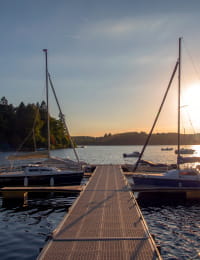5 unmissable archaeological sites
There are 5 places in Burgundy where you can relive historical events. In Bibracte, Alesia, Autun, Châtillon-sur-Seine and Solutré, the archaeological excavation and museums all showcase historic events that went way beyond the borders of Burgundy: the life of Palaeolithic hunters, the Celtic era, the consecration of Vercingetorix, Julius Caesar's conquest of Gaul and the rise of Autun, the former Gallo-Roman capital.
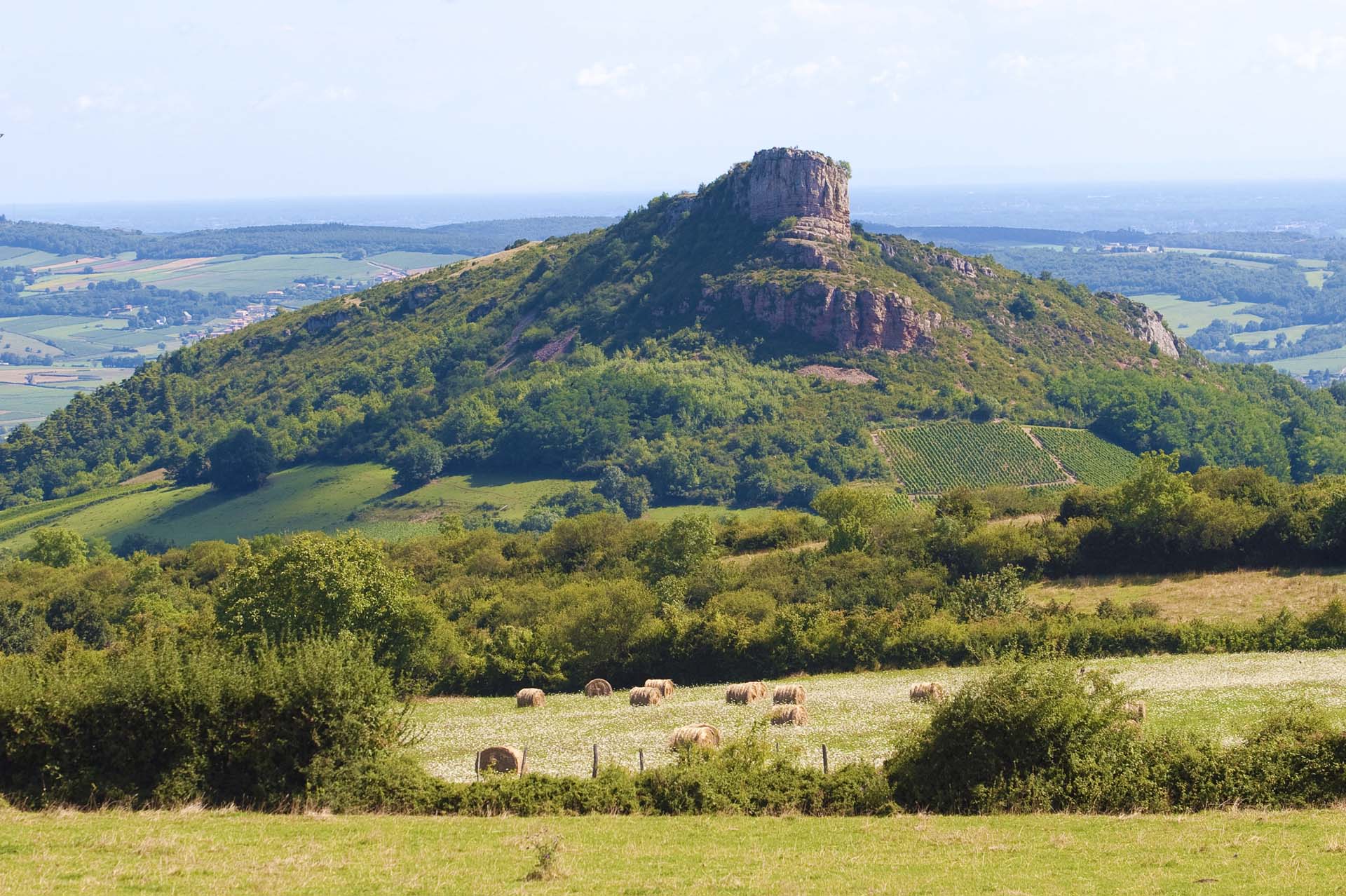
The Rock of Solutré
20,000 to 15,000 BC. Herds of wild horses, bisons and mammoths could be seen passing by the Rock of Solutré on their seasonal migration route. The presence of all these animals was much appreciated by our distant ancestors, who would come here to hunt.
As a result, they left behind them a certain quantity of bones and objects. This collection of archaeological treasures can be seen today at the Musée de la Préhistoire du Grand Site de Solutré.
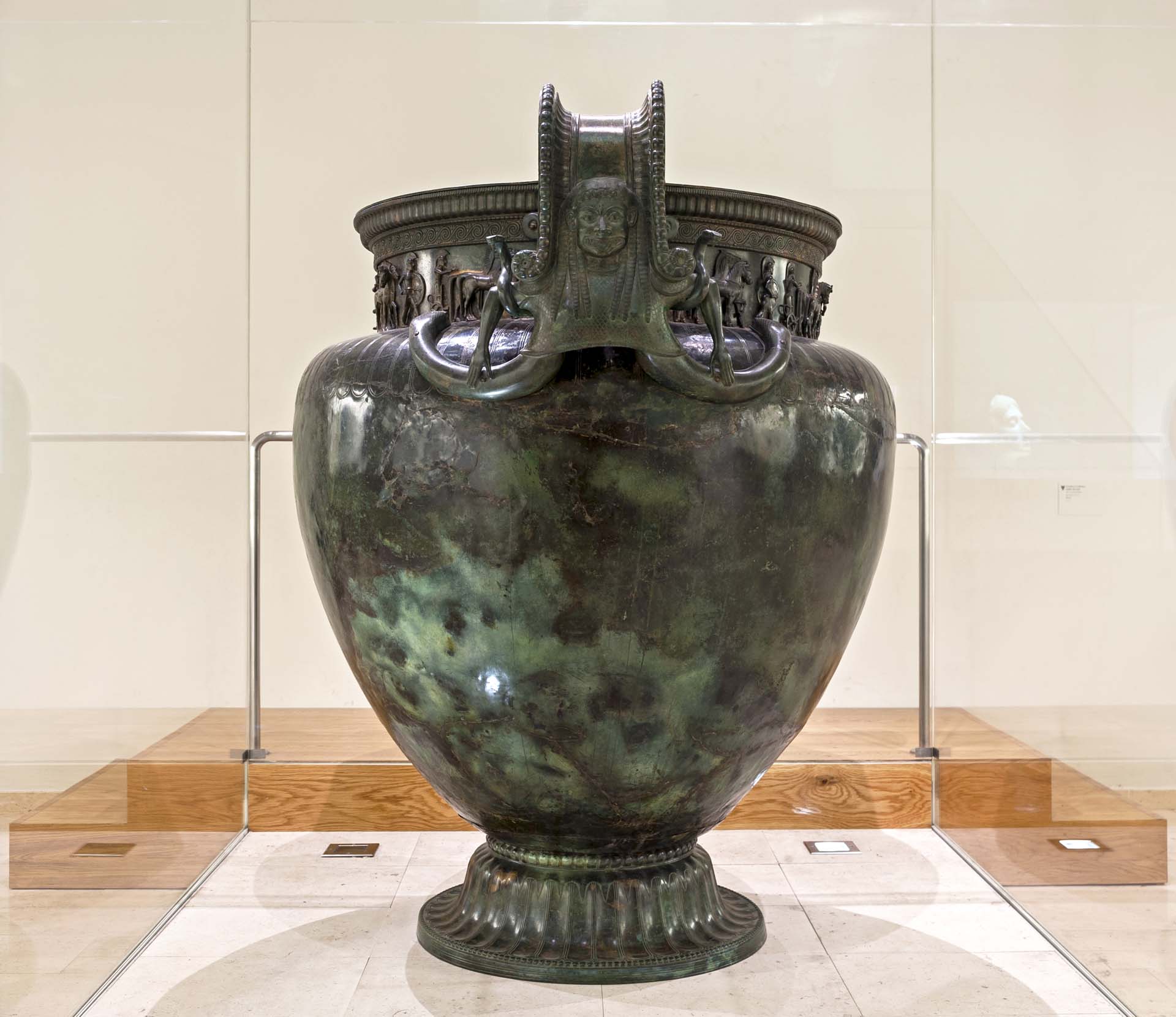
The Vix Krater
1952. In the village of Vix, two amateur archaeologists discovered a tomb dating from the 5th century BC. Inside it they found a chariot, gold jewellery, and vases from the Mediterranean, including a huge bronze vase, 1.64-metres high. This is the biggest antique vase ever to be found.
Come and admire this vase (krater), and the treasure found alongside it, at the Musée du Pays Châtillonnais-Trésor de Vix in Châtillon-sur-Seine..
Take a tour of the Musée du Pays Châtillonnais-Trésor de Vix
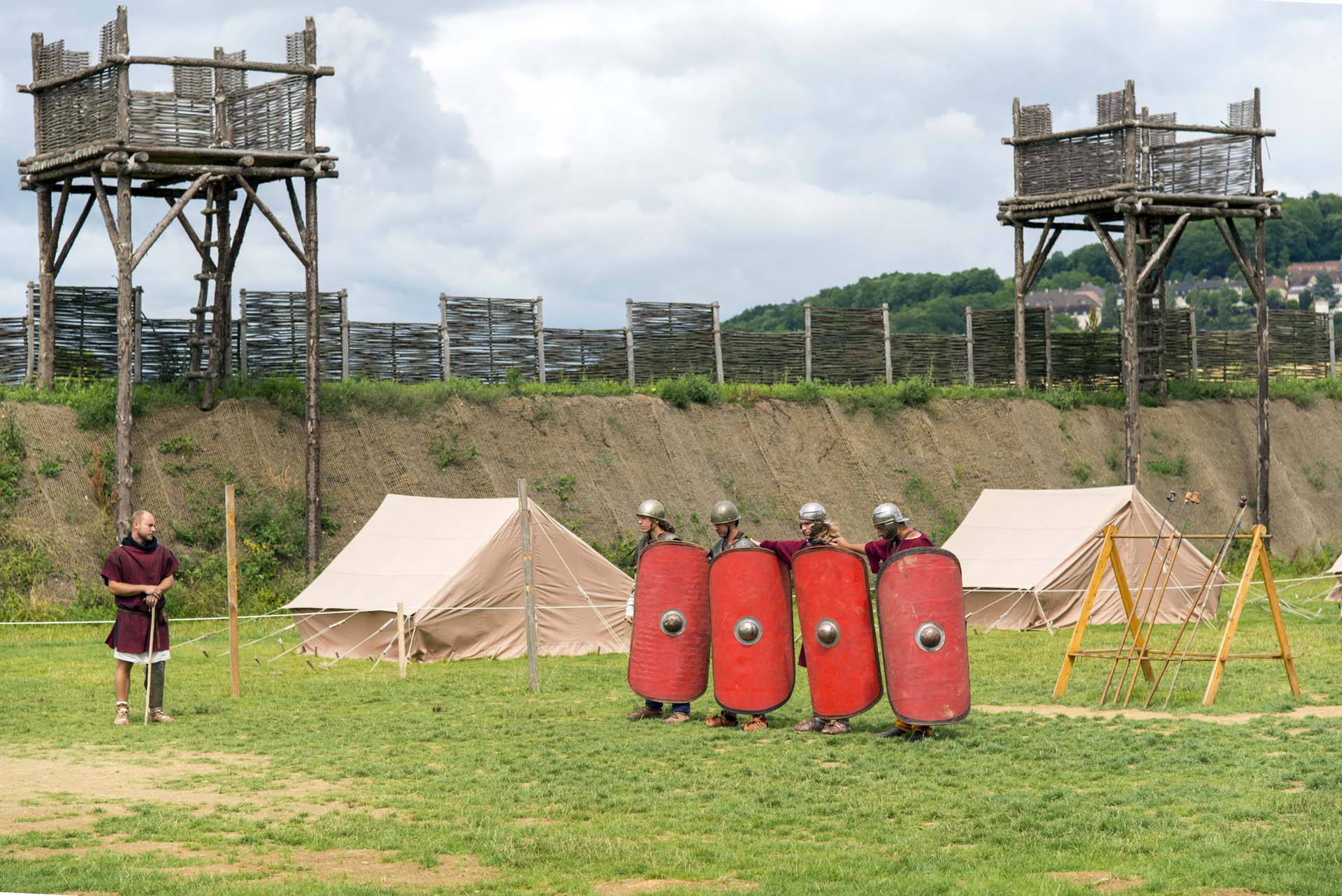
Alesia
In 52 BC, the final battle of the Gallic Wars took place in Alesia where the Gauls led by Vercingetorix fought Julius Caesar's armies.
Visitors can relive this decisive battle at the MuséoParc Alésia. The interactive tour, virtual tours, and interpretation centre provide a dynamic and interactive experience of this historic battle!
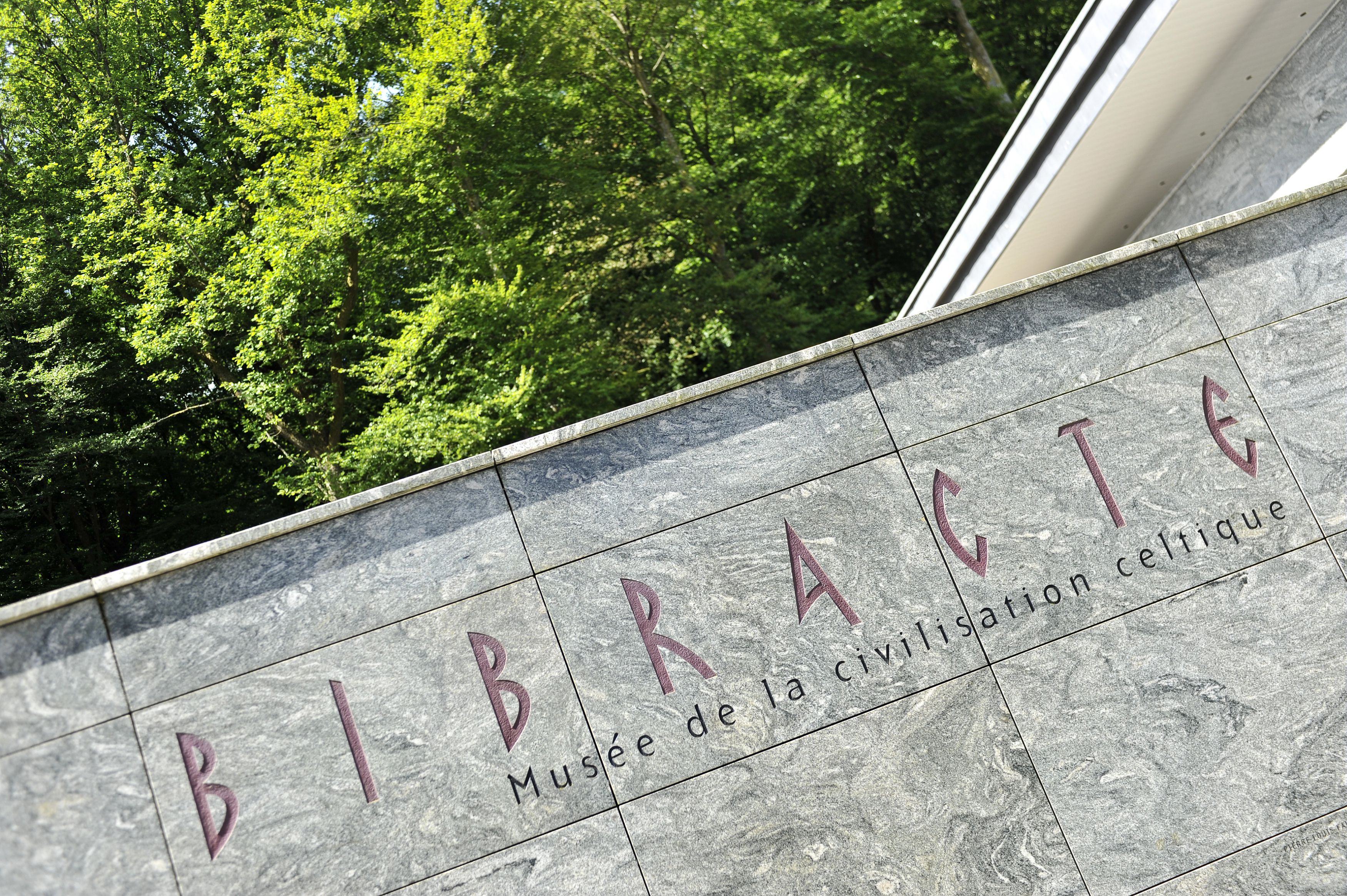
Bibracte
2nd century BC. A Gallic tribe, known as the Aedui, came to settle in Bibracte (Saône-et-Loire). They chose a strategic location to build one of the biggest fortified enclosures of the time.
But despite the fortifications, Bibracte was overcome during the invasion of the Roman army and then was soon forgotten.
The Celtic capital has now been brought back to life and transformed into a museum and archaeological excavations, two unmissable places to visit!
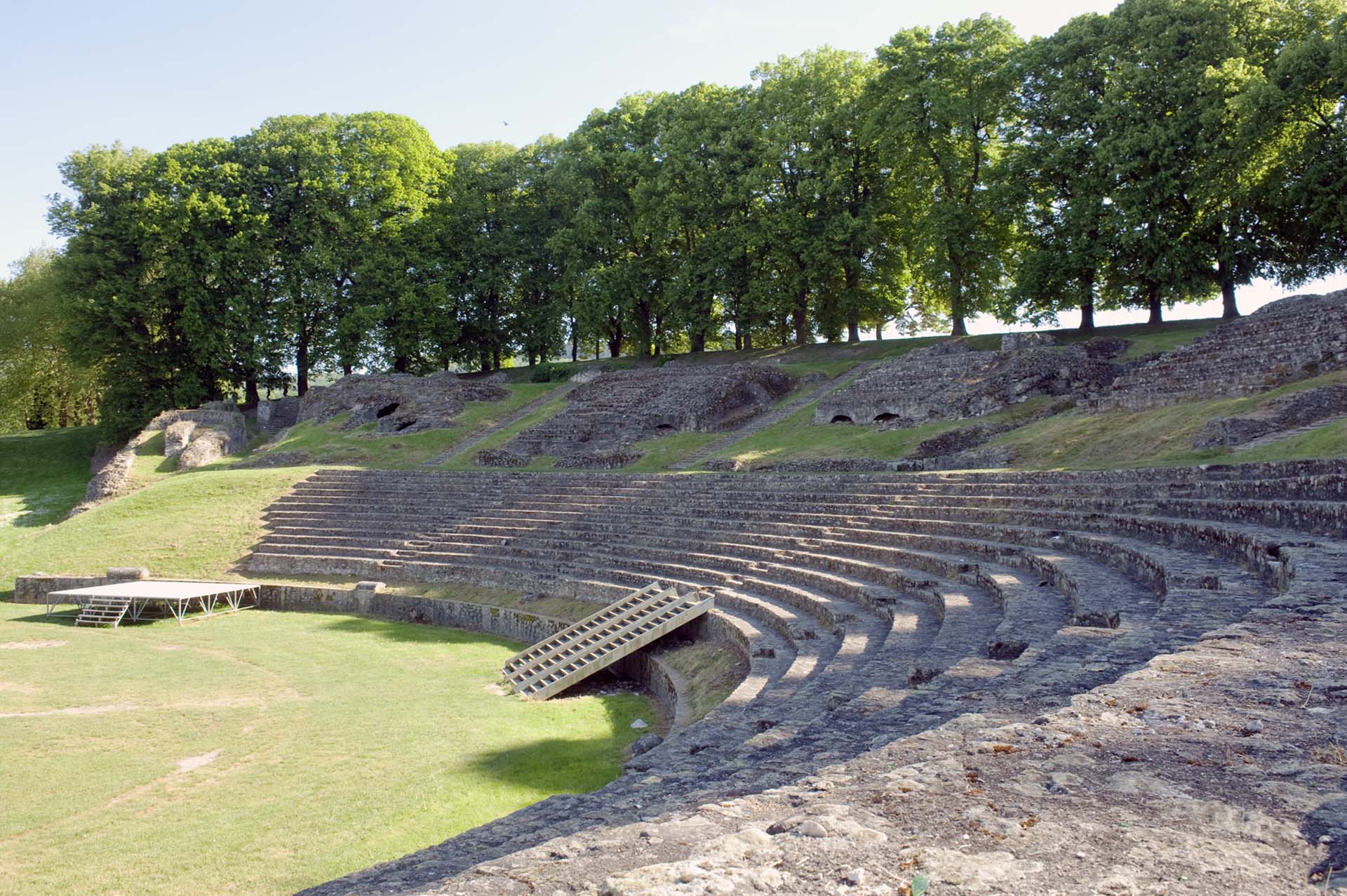
Autun
In the year 15 BC. Autun, a brand-new town founded by Emperor Augustus, was used as the Roman capital in Gaul. The town prospered as it was at the crossroads of major trade routes.
When you visit this town, you'll feel like you've been plunged into the time of the Augustodunum thanks to the many monuments still standing from this era: temple, monumental gates, theatre, etc.

